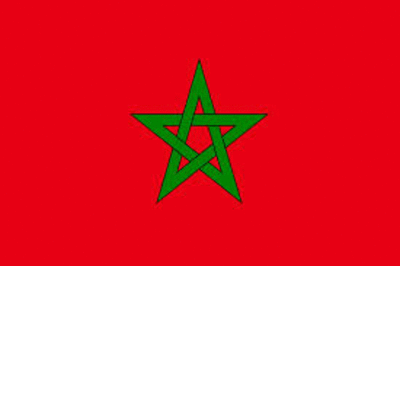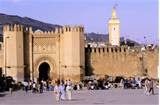1 . General
key data of the economy
dirham currency GNP $ 46.9 billion (2004) 2160 dollars per capita (2006) GDP $ 65.4 billion (2006) 2 144.6 dollars per capita (2006) Growth rate of 8% of GDP (2006) * Inflation rate 1.9% (2006) Unemployment rate 9.7% Trade Balance -39.2% of imports (2002-2004) Primary sector 44.6% of the labor force (2006) 15.7% of GDP (2006) Secondary sector...
Showing posts with label various. Show all posts
Showing posts with label various. Show all posts
in various
national Defence
In 2004, the army numbered about 180,000 men, the air force and navy 13,000 7800 ; military service of eighteen months is mandatory for all men. The same year, the government spent 4.2 percent . 100 of Gross Domestic Product (GDP) expenditure on national defense.Morocco is engaged since 1974 in operations in Western Sahara against the Saharawi nationalist Polisario...
in various
1 . Organization of powers
Morocco is a hereditary monarchy , governed by the Constitution of 1972, revised in 1980, 1992 and again in September 1996.The monarch, who must be male, is the spiritual and temporal leader ; Head of State , appoints the Prime Minister and members of the government. The king has the power to order the revision of legislation and to dissolve the Assembly. It...
Search Our Site
.


























